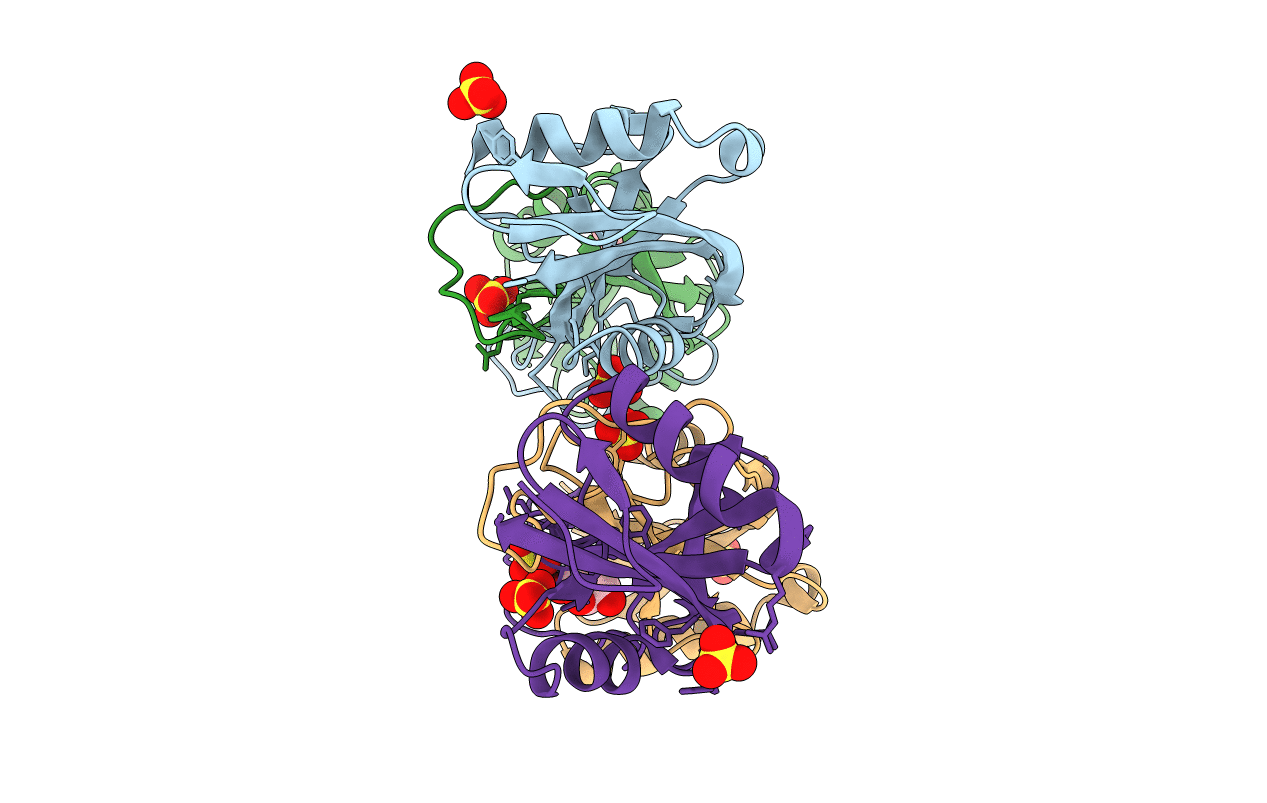
Deposition Date
2008-01-11
Release Date
2008-08-26
Last Version Date
2024-10-30
Method Details:
Experimental Method:
Resolution:
1.70 Å
R-Value Free:
0.23
R-Value Work:
0.20
R-Value Observed:
0.20
Space Group:
P 21 21 2


